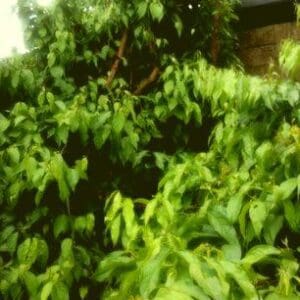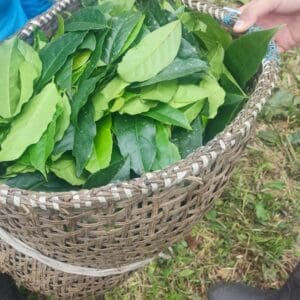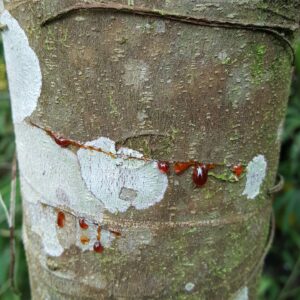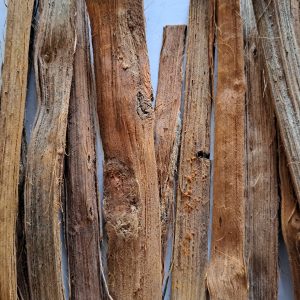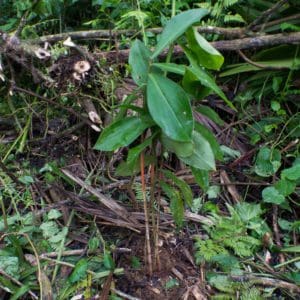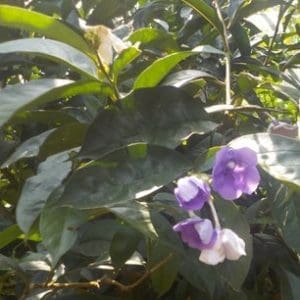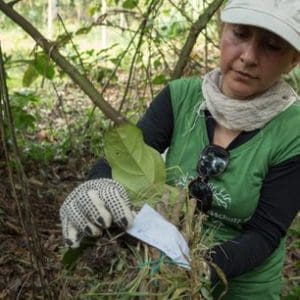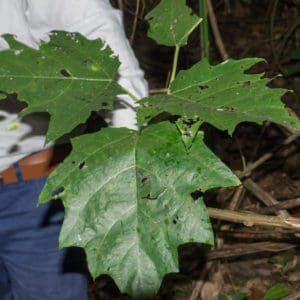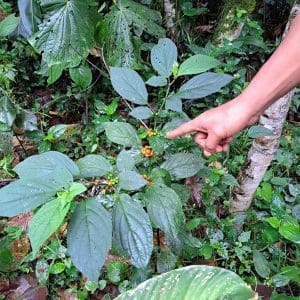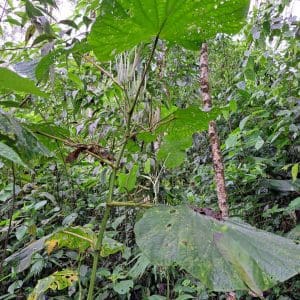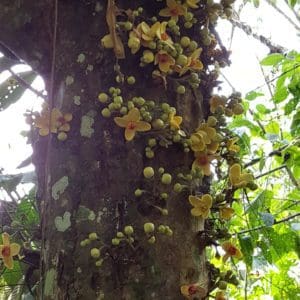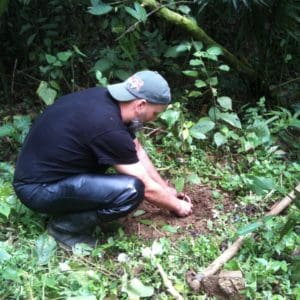According to the World Health Organisation (WHO 1979), medicinal plants are defined as a group of plant species containing substances that can be used for therapeutic purposes or whose active ingredients can serve as precursors for the synthesis of new drugs.
Medicinal plants play a very important role in modern medicine as therapeutic agents used as raw materials for the manufacture and research of new drugs (Oliveira, Velazquez, Bermudez, 2005). Currently, 40% of medicines are based on natural products and certain pharmaceuticals (Organización Mundial de la Salud (OMS, 2023).
Since the beginning of humanity, all continents and cultures of the world have recorded local medicinal plants for the treatment of specific diseases. This human interaction with nature is now known as traditional medicine, which is the sum total of knowledge, skills and practices based on the indigenous theories, Beliefs and experiences of different cultures. It is also used to maintain health as well as prevent, diagnose, ameliorate or treat physical and mental illness (WHO).
Some countries, such as India and China , have integrated traditional medicine into their public health programmes with Ayurveda and MTC respectively. In this way, they have preserved the knowledge of medicinal plants through the ages to this present day. Much of traditional or alternative medicine is now considered part of humanity’s heritage, so it is incumbent upon all of us to know and care for medicinal plants.
There are about 2,900 medicinal plants in Ecuador, and 8 out of 10 people in the Amazonian province of Napo use medicinal plants for primary health care. A large part of the population is very familiar with traditional medicine. (Vacas Cruz Omar, 2017).
Among the most commonly used medicinal plants in the Amazon region are ayahuasca, guayusa, dragon blood, chuchuwasu, cinnamon and barbasco. There are different ways of preparing and consuming medicinal plants, for example some use the leaf, others use the bark, others extract the recina without killing the tree and yet others use only the root.
Actually, medicinal plants are not easy to find in the secondary forest of the Amazon region. Our Amazonasschutz project aims to cultivate medicinal plants in a 3 hectare area to protect the forest and wildlife and ultimately preserve the ancestral knowledge of traditional medicine in the Kichwa community of Rukullakta.
Since 2016, the above mentioned medicinal plants have been planted by means of cuttings, in which a small part of the tree’s branches is used for replanting such as the dragon blood tree, ajo de monte, cats claw, chiricaspi, cania agria. In addition, there are other species that are used for collecting seeds and for making handicrafts which are typical of the region.
Below, you will find more information about the medicinal plants of the Amazon region that have been planted and are found in our reserve:
